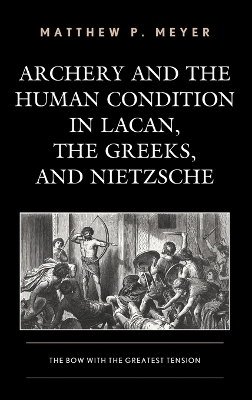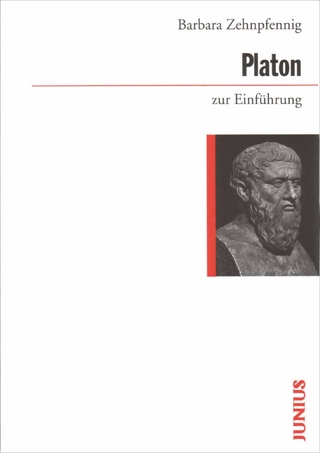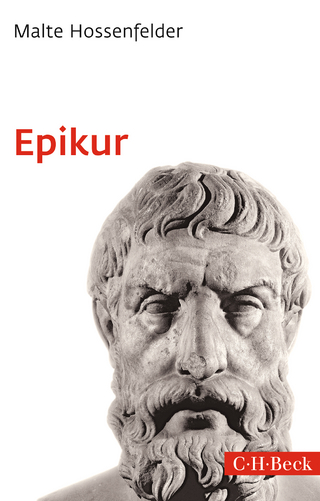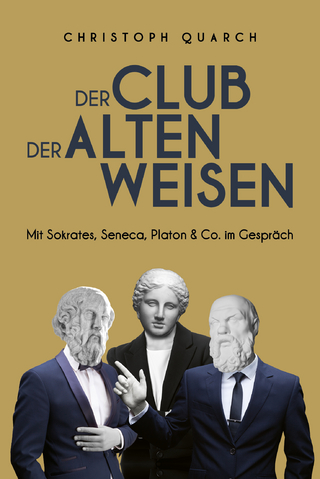
Archery and the Human Condition in Lacan, the Greeks, and Nietzsche
The Bow with the Greatest Tension
Seiten
2019
Lexington Books (Verlag)
978-1-4985-6044-3 (ISBN)
Lexington Books (Verlag)
978-1-4985-6044-3 (ISBN)
In this book, Matthew P. Meyer analyzes the archer and the bow as a metaphor for the human condition in Lacan, Nietzsche, and Greek literature. The bow is a model of the tension at the heart of the human condition, while the archer is a symbol of control.
Archery and the Human Condition in Lacan, the Greeks, and Nietzsche showcases archery as a metaphor for the fundamental tension at the heart of the human condition. Matthew Meyer develops a theory of subjectivity that incorporates elements from psychoanalysis, Greek literature, philosophy, and Zen archery, bringing together allusions to the bow and archery made by Sophocles, Homer, Heraclitus, Aristotle, Lacan, Nietzsche, and Awa Kenzo. The book weaves together a psychoanalytic account of infant development, the obstacles faced by Greek heroes, and virtue theory to explore the tension between the forces inside and outside of the human that subject it to conditions beyond its control. Meyer develops this side of the tension through Jacques Lacan’s theory of human drive, illustrating the three parts of drive theory through application to three works in Greek literature and philosophy. The second part of the text describes the other side of this fundamental tension--the ability to control drive impulses—through Aristotle’s use of the archer as a metaphor in his virtue theory. The book illustrates the productive nature of this tension through an analysis of Friedrich Nietzsche’s ideas about drives and sublimation, especially his contention that the “highest” types are like “the bow with the greatest tension.”
Archery and the Human Condition in Lacan, the Greeks, and Nietzsche showcases archery as a metaphor for the fundamental tension at the heart of the human condition. Matthew Meyer develops a theory of subjectivity that incorporates elements from psychoanalysis, Greek literature, philosophy, and Zen archery, bringing together allusions to the bow and archery made by Sophocles, Homer, Heraclitus, Aristotle, Lacan, Nietzsche, and Awa Kenzo. The book weaves together a psychoanalytic account of infant development, the obstacles faced by Greek heroes, and virtue theory to explore the tension between the forces inside and outside of the human that subject it to conditions beyond its control. Meyer develops this side of the tension through Jacques Lacan’s theory of human drive, illustrating the three parts of drive theory through application to three works in Greek literature and philosophy. The second part of the text describes the other side of this fundamental tension--the ability to control drive impulses—through Aristotle’s use of the archer as a metaphor in his virtue theory. The book illustrates the productive nature of this tension through an analysis of Friedrich Nietzsche’s ideas about drives and sublimation, especially his contention that the “highest” types are like “the bow with the greatest tension.”
Matthew P. Meyer is assistant professor of philosophy at the University of Wisconsin, Eau Claire.
Introduction: Bows, Arrows, and Archers
Chapter 1: The Tension of the Bow
Chapter 2: Philoctetes’ Bow: The Concept of Need
Chapter 3: Heraclitus’ Bow: Desire and Death
Chapter 4: Odysseus’ Bow: Demand and the Ego
Chapter 5: Aristotle’s Archer: Killing the Ego and Self-Transformation
Conclusion: The Bow with the Greatest Tension
Epilogue: The Human Condition and Ten Rules of Archery
| Erscheinungsdatum | 10.05.2021 |
|---|---|
| Verlagsort | Lanham, MD |
| Sprache | englisch |
| Maße | 160 x 228 mm |
| Gewicht | 485 g |
| Themenwelt | Geisteswissenschaften ► Philosophie ► Philosophie Altertum / Antike |
| Geisteswissenschaften ► Psychologie ► Allgemeine Psychologie | |
| Geisteswissenschaften ► Psychologie ► Verhaltenstherapie | |
| Geisteswissenschaften ► Sprach- / Literaturwissenschaft ► Anglistik / Amerikanistik | |
| Geisteswissenschaften ► Sprach- / Literaturwissenschaft ► Literaturwissenschaft | |
| ISBN-10 | 1-4985-6044-X / 149856044X |
| ISBN-13 | 978-1-4985-6044-3 / 9781498560443 |
| Zustand | Neuware |
| Haben Sie eine Frage zum Produkt? |
Mehr entdecken
aus dem Bereich
aus dem Bereich
mit Sokrates, Seneca, Platon & Co. im Gespräch
Buch | Hardcover (2023)
FinanzBuch Verlag
18,00 €


